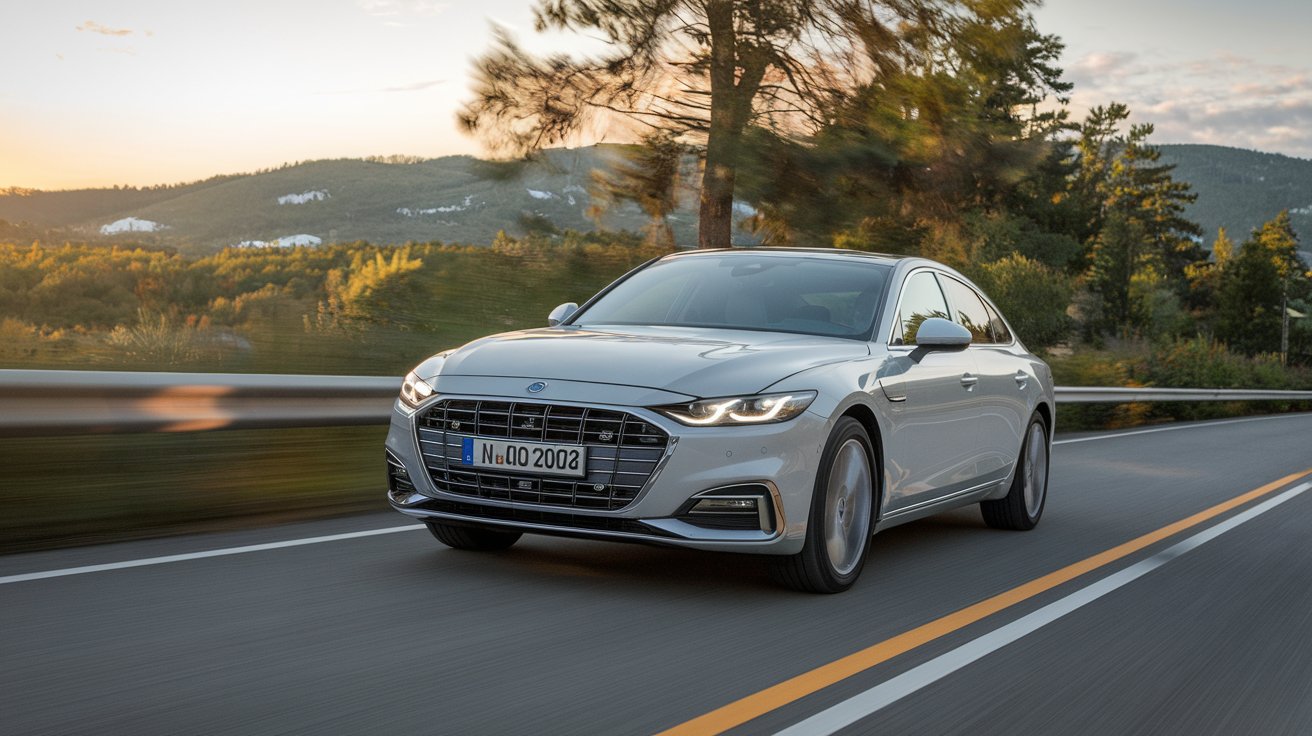Introduction
Hybrid vehicles are a bridge between traditional internal combustion engine (ICE) vehicles and the future of fully electric transportation. By combining a gasoline or diesel engine with an electric motor, hybrids offer a way to reduce fuel consumption, lower emissions, and provide better fuel efficiency. While fully electric cars have made a significant impact, hybrid vehicles remain popular for their extended range, lower emissions, and ability to use both an engine and electric motor seamlessly. In this article, we’ll explore how hybrid vehicles work, their benefits, and their role in the automotive industry’s future.
What is a Hybrid Vehicle?
A hybrid vehicle is a car that uses two or more types of power sources to propel the vehicle—typically a gasoline or diesel engine combined with an electric motor and battery. The internal combustion engine (ICE) handles long drives or higher speeds, while the electric motor powers the vehicle at lower speeds or during stop-and-go traffic. This setup helps optimize fuel efficiency and reduce emissions by minimizing the use of the gasoline engine.
Types of Hybrid Vehicles
There are different types of hybrid vehicles, each with distinct features and operational benefits:
- Mild Hybrid (MHEV)
- Uses both an internal combustion engine and a small electric motor.
- The electric motor cannot power the vehicle by itself but assists the engine, reducing fuel consumption.
- Common features include start-stop systems and regenerative braking.
- Full Hybrid (HEV)
- Can run on just the electric motor, just the internal combustion engine, or a combination of both.
- Toyota Prius is one of the most well-known full hybrids, where the electric motor powers the car at low speeds or for short distances, and the gasoline engine takes over when more power is needed.
- Plug-in Hybrid (PHEV)
- A step up from full hybrids, plug-in hybrids can be plugged into an electrical outlet to charge their battery.
- They can operate on electricity alone for a certain distance (usually 20-50 miles) before the gasoline engine kicks in.
- Offers greater electric-only range compared to full hybrids, making it ideal for those who want to drive primarily on electric power.
How Hybrid Vehicles Work
Hybrid vehicles have two main power sources—the internal combustion engine and the electric motor. Here’s how they work together:
- Electric Motor and Battery:
- The electric motor is powered by a rechargeable battery. The motor helps the car move at lower speeds and also takes over when the car is idling or during braking.
- In some hybrids, the electric motor can power the car for short distances at a time. The battery is recharged through regenerative braking, which converts kinetic energy into electricity.
- Internal Combustion Engine:
- The gasoline or diesel engine kicks in when more power is needed, such as when accelerating on highways. In some cases, the engine works alongside the electric motor to provide a combined boost of power.
- Power Split Device:
- This is a mechanism in full hybrids that determines how power is distributed between the electric motor and the internal combustion engine. It optimizes the use of both power sources based on driving conditions.
Benefits of Hybrid Vehicles
- Improved Fuel Efficiency: By switching between the electric motor and the internal combustion engine, hybrids use less fuel than conventional vehicles.
- Lower Emissions: Hybrid vehicles produce fewer emissions, helping to reduce air pollution.
- Better Range: Unlike fully electric vehicles, hybrids don’t rely solely on battery power, allowing for longer trips without the need for frequent recharging.
- Regenerative Braking: Hybrid vehicles regenerate energy when braking, which helps charge the battery while reducing brake wear.
Challenges and Future of Hybrid Vehicles
While hybrids offer many benefits, they also face challenges:
- Higher Initial Costs: Hybrid vehicles typically cost more upfront than traditional vehicles, though long-term savings on fuel can offset the difference.
- Battery Life: Battery lifespan remains a concern, but improvements in battery technology continue to enhance hybrid performance.
- Transition to Full Electric: As electric vehicles become more affordable and the charging infrastructure improves, hybrid vehicles may play a diminishing role in the future of transportation.
Conclusion
Hybrid vehicles combine the best aspects of traditional gasoline engines and electric motors, offering improved fuel efficiency, lower emissions, and better overall performance. While they still face challenges such as cost and reliance on gasoline, they are an important step toward more sustainable and eco-friendly transportation solutions. As battery technology and infrastructure evolve, hybrid vehicles may continue to play a key role in the transition to cleaner energy in the automotive world.
